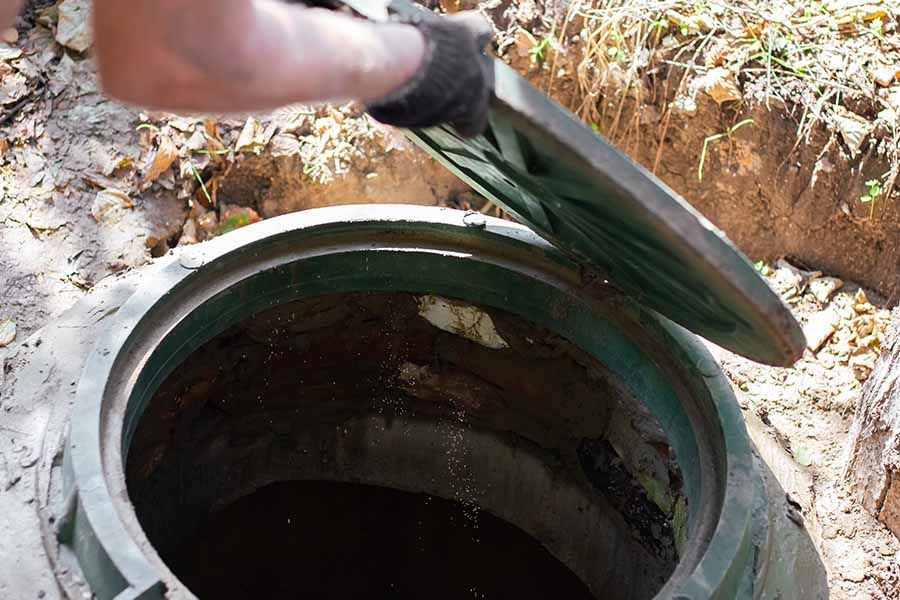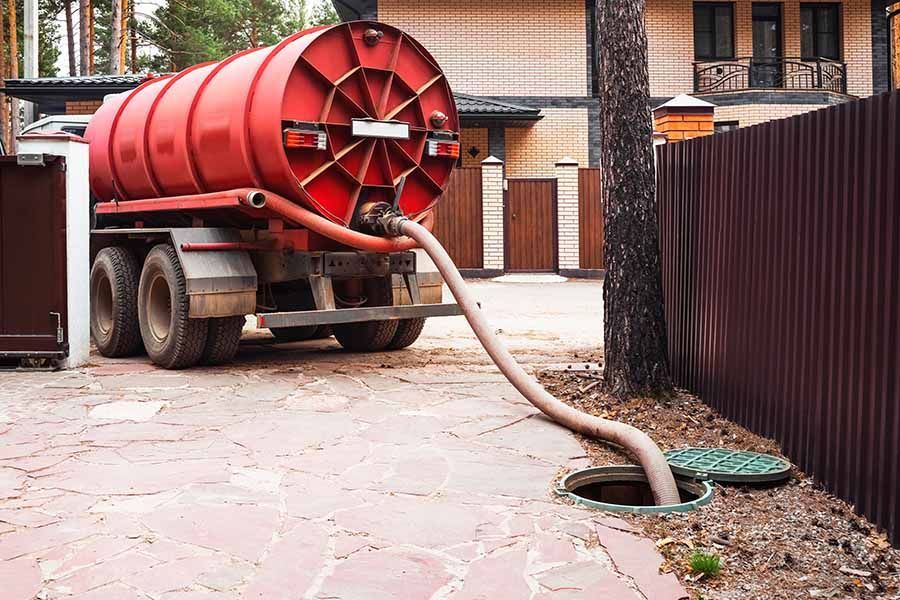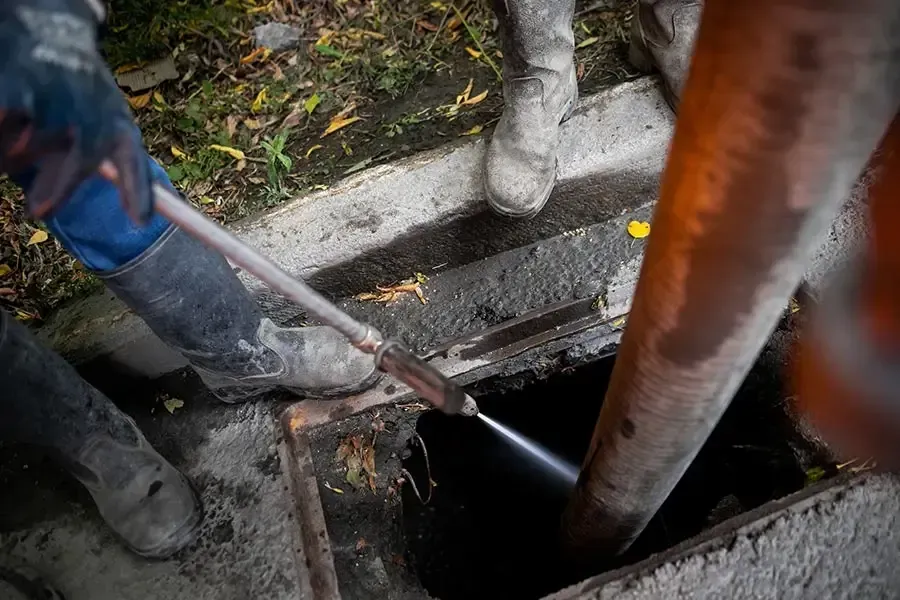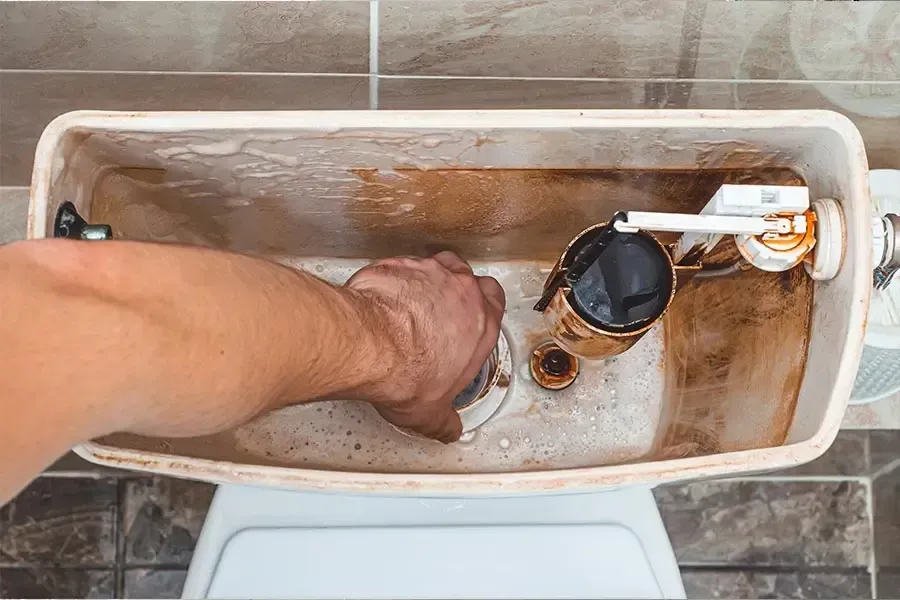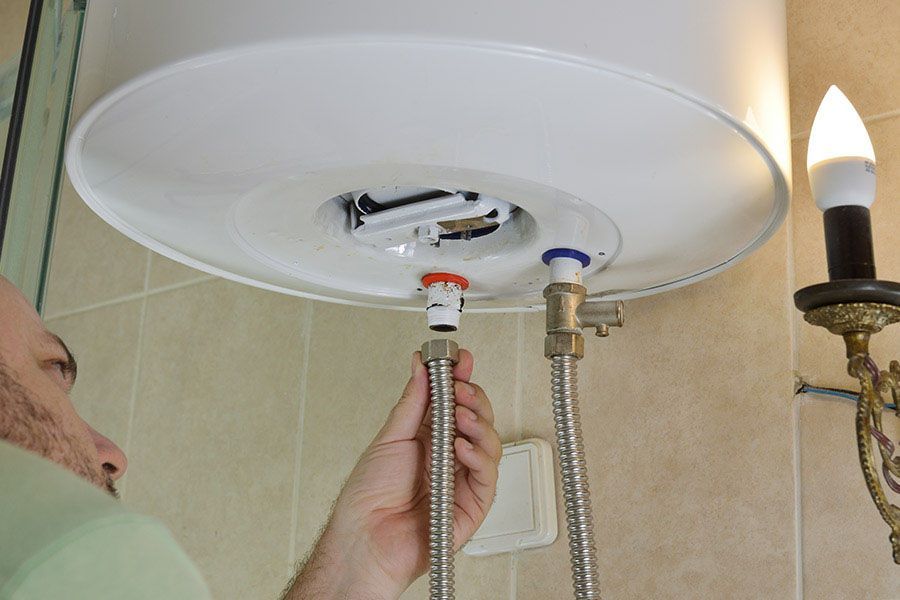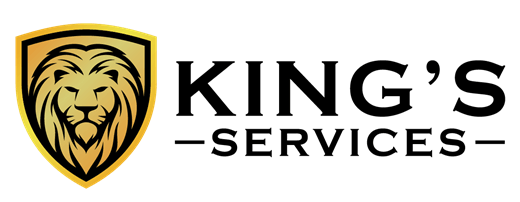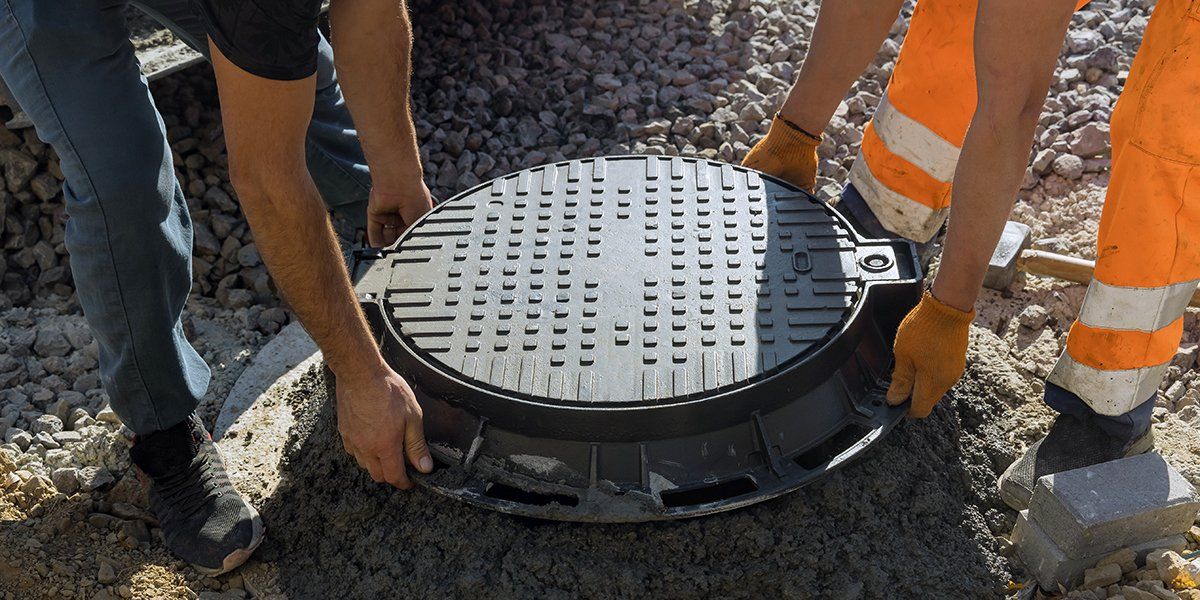
Septic tanks are part of the septic system in all homes. Your plumbing and drainage systems need them to hold most of the waste that leaves your house. Solid material leaving the house gets broken down into liquid before being released into the earth from septic tanks. Septic tanks are buried underneath the ground, usually around ten feet away from your property.
Septic tank backups may occur if drain pipes get clogged up or the septic system experiences other issues that compromise its performance. If you suspect a septic tank clog, booking an appointment with our septic tank cleaning and pumping specialists in Winnipeg can help resolve the blockage before it causes a septic tank backup.
Read on to explore some causes of septic tank backups and how to avoid them.
Causes of Septic Tank Backup
Septic tank backups can be a bother and a potential health hazard. Common causes of septic tank backup include:
Waste Material Disposal Issues
Improper garbage disposal may cause a septic tank backup. When inappropriately disposed, waste material like grease or fat builds up over time after cooling and solidifying in the drain lines of the septic system. Eventually, the buildup of solid fats causes blockage leading to backups. Large food matter can also overpower the septic system.
Foreign Material
Non-flushable solid matter is risky for the septic tank. Flushing unsafe materials down your toilet can cause clogs in the drain pipes. Over time, the clogs build up in the septic tank, causing a backup. Some materials that are unsafe for your septic tank include glass, baby wipes, false teeth, condoms, napkins, hair extensions, and more.
Tree Roots Growing into Cracked Pipes
When tree roots grow in search of water toward areas in your septic system with cracked pipes, they may extend into the pipes, blocking the required continuous flow of material.
Increased Use of Water
Using a lot of water throughout the day for activities at home like laundry, showers, or dishwashing can overwhelm the septic system. Constant use of water without giving time for the system to drain down causes backup issues. A small septic tank may not accommodate the large volumes of water drained into them.
Poor Installation
Building your home from scratch and supervising the installation of septic tanks in the septic system can be advantageous. Purchasing new homes or moving into prefab homes without knowing the septic system and septic tanks installed could be the reason for waste backups if the septic tanks are faulty or too small.
Warning Signs of Septic Tank Backup
Identifying the signs of a backed-up septic tank can be challenging. Other times, one may ignore these signs. For timely resolution, you must be keen to recognize the signs of a septic tank backup. Some signs that may indicate a septic tank backup include:
Foul Odors
A persistent foul smell in your lawn around septic tanks can be an obvious sign of a backup.
Sewage Backup
Smelly dark water comes out of the toilet due to backup problems from the septic tank.
Wet Spots Present in Your Yard
Wet areas in the compound or around your property may indicate a backup.
Clogged Toilets
A septic tank backup may manifest as slow movement of water or matter in the drains and toilet.
Patches of Greener Grass Above Drain Fields
The grass on the drain fields near the septic tank becomes greener than grass from other surrounding areas if there is a septic tank backup because waste leakages provide water and fertilizer for grass above septic tanks.
Ways to Avoid Septic Tank Backup
The most reliable way to avoid septic tank backups is to schedule regular maintenance, which minimizes issues and extends your septic system’s lifespan. Other precautions you can take to prevent septic system backups include:
Not Flushing Non-septic Safe Materials Down Toilet Drains
Non-septic safe materials like baby wipes, feminine products, paper, plastic, and other foreign products are not for flushing down the toilet. Inform guests and residents that certain materials may clog the septic system and place a trash bin in sight to dispose of such material. The use of hair catchers in showers and tubs can also help prevent hair from clogging your pipes and being passed to the septic tank.
Check What Goes Down the Kitchen Drain
Food remains from kitchen sinks that gets caught and forms buildup should not go down kitchen drains. Dispose of such waste food matters into the garbage and not your drain.
Regulating Water Usage
Septic tanks have limits to the amounts of waste and water they can handle and drain down. More people in the house can mean more showers and laundry than usual. Additional toilet flushing, showering, and washing hands become harder for tanks to handle as water usage increases in the home. Doing laundry days or weeks before guests arrive can reduce water usage.
Pumping Septic Tanks
Septic tanks with a lesser capacity increase the risk of water backup when the system feels the burden of excess water usage. Having your septic tank pumped once every year will prevent clogs and backups.
Using Septic System Additive Alternatives
Some additives help keep septic systems healthy when used for the drainage system. Additives with natural bacteria that aid the breakdown of solids are suitable for your septic tank.
Protecting Drain Fields
Activities that cause compression and compaction of soil in the drain field need to be minimized for drain fields to stay in the best condition possible. Restricting driving or heavy parking machinery helps prevent the destruction of parts of the septic system under those areas, thus minimizing poor drainage.
Dealing with Tree roots
You can remove tree roots potentially affecting the septic system to prevent blockages. You may also use new plastic or metal pipes to resist tree roots. Pouring root-killing chemical solutions down the drain can help prevent root growth.
Septic System Maintenance
At King’s Services, we provide septic tank cleaning and maintenance services to eliminate any blockages that may cause a septic tank backup. Besides septic tank maintenance, we offer septic tank installation services. Visit our website to learn more about septic tank installation.
Call our Headingley office at
204-815-5878 for more information on our septic system maintenance services.
